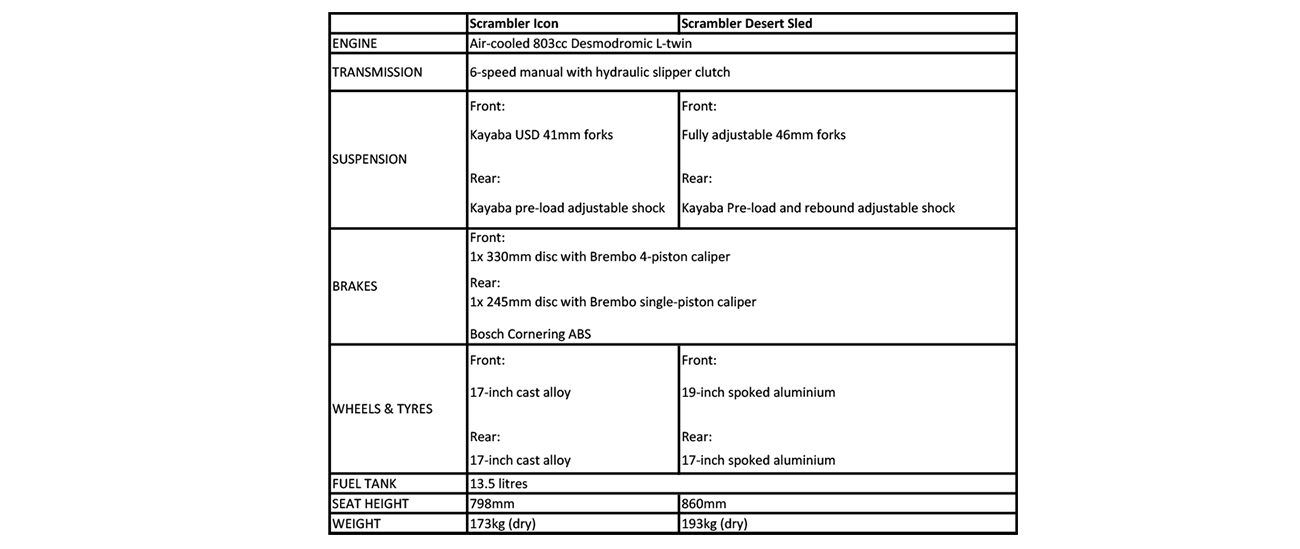Test ride: Italian hipsters
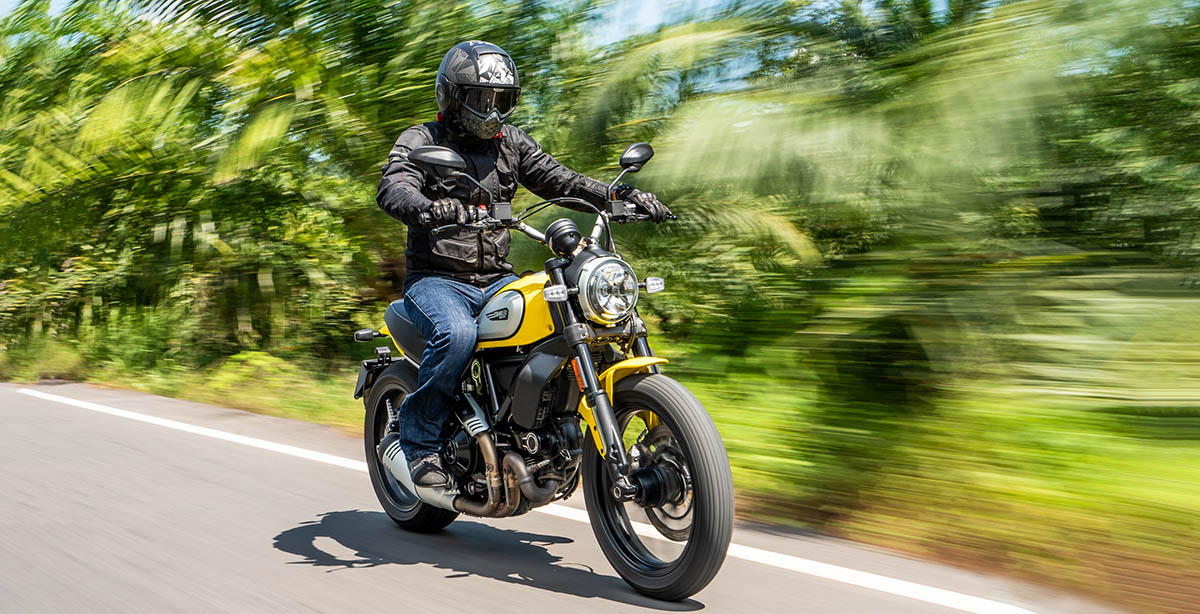
When Ducati first rolled out the Scrambler to the masses in 2015, it proved to be an instant winner for the Italian powerhouse.
Effectively, the Scrambler marked Ducati’s proper re-entry into the modern retro segment, presenting it as the ideal tool for the hip and cool to get around.
Unlike its other offerings, which took a more serious route driven by performance and tech, the Scrambler saw Ducati take on a different approach altogether.
Simply put, it was serious on fun and style instead, with Ducati infusing a bit of its renowned performance magic and much celebrated heritage.
Well, the result speaks for itself, with Ducati rolling out a myriad of variations and special versions along the way. Of course, being Italian, the original Scrambler did miss the mark in a few areas.
It wasn’t the perfect retro machine, but it was stylish and fun enough to warrant a mid-life refresh as 2019 beckoned.
For 2019, the main Scrambler line-up – the ones powered by Ducati’s 803cc air-cooled Desmodromic L-twin – have been endowed with a host of small changes all around to better itself.
Ducati have also streamlined things back to just four core variants, those being the Icon, Café Racer, Full Throttle and Desert Sled.
To show just how well things have gone, Ducati held its #LandOfJoyAsia regional press ride recently through Thailand’s picturesque Khao Lak seaside retreat featuring both the Icon and Desert Sled.
Having ridden the Scrambler when it first debuted in 2015, I was keen to see how things have changed in this new version.
Starting with the Icon, things didn’t appear too different initially. On closer look though, there were plenty to note, like the redesigned headlamp and LED DRL layout, the signature teardrop tank’s restyled aluminium panels and the new design for the wheels and the seat.
Personally, I loved the Icon’s new and revised digital instrument display most. It’s still housed in a stylish round-shaped dial as before, but Ducati have finally added a fuel gauge readout and gear position indicator. By the way, Ducati have also added smartphone connectivity, thus increasing this display’s functionality.
While there wasn’t enough time to test the new connectivity function, the display’s newly added fuel and gear position readouts were a much-needed blessing here.
They just add to a stress-free ride, and you’d definitely want them if you plan on going the distance.
On the move, the Icon is pretty straightforward to master. Unlike its predecessor, this new-for-2019 version feels a lot more comfortable to ride thanks to the aforementioned new seat.
It’s still welcoming at 798mm, but it’s now flatter with more padding than before, making it a lot easier to ride over long periods now.
Whilst here, there’s also the lightly revised but still very peppy Desmo powerplant to bask in.
Output figures have been raised slightly to 73hp and 67Nm, which are both healthy for an air-cooled twin and enough to get the Icon’s 173kg (dry) bulk going. It’s noticeably more refined with its delivery now too, adding to the Icon’s riding joy.
Adding to the affair as well is the Icon’s new hydraulic clutch setup. Coupled with an adjustable lever, it’s now easier to modulate compared to the previous version’s cable-driven type.
The six-speed manual transmission remains unchanged, but this is one area that doesn’t need addressing anyway.
Charting through a bit of urban traffic and a corner-carving jaunt through some twisty B-roads, what shone here were the Icon’s new and improved suspension hardware.
It still rides on fixed front forks and pre-loaded adjustable rear shock as before, but they’re now noticeably softer and more pliant than before.
What’s also reassuring is the added presence of a Bosch-sourced dual-channel Cornering ABS suite on top of the Brembo-sourced hardware present.
Previously exclusive in its larger Scrambler 1100 sibling, the middleweight Icon and its siblings now benefit with this. With it, the Icon has greater control under braking, especially during corners and corner exits.
Apart from the absent wind protection, there’s little to loathe with the way the Icon rides. I’m certain the Icon has an arguably sportier and more dynamic ride altogether compared with its rivals, and that’ll see it draw plenty of new fans once it makes landfall in Malaysia.
By the way, let’s also not forget that the Icon does boast light off-roading capabilities as its previous iteration does too, but I reckon you’d want its Desert Sled twin for that instead. Switching out of the Icon and into the Desert Sled, it’s not hard to see how differently the latter stands out in this range.
Much of the changes seen in the Icon have trickled into the Desert Sled too, namely the tank panels, headlight, hydraulic clutch, as well as the digital display. Effectively, that’s where the similarities between the two end. Indeed, the Desert Sled is a very different machine altogether.
That last fact couldn’t be more evident than the way I had to leg over into the Desert Sled’s significantly taller 860mm seat. Couple that with the higher travel suspension it rolls on, I was surprised to find myself tip-toeing slightly when the time came to slide the Desert Sled’s stand up and get going.
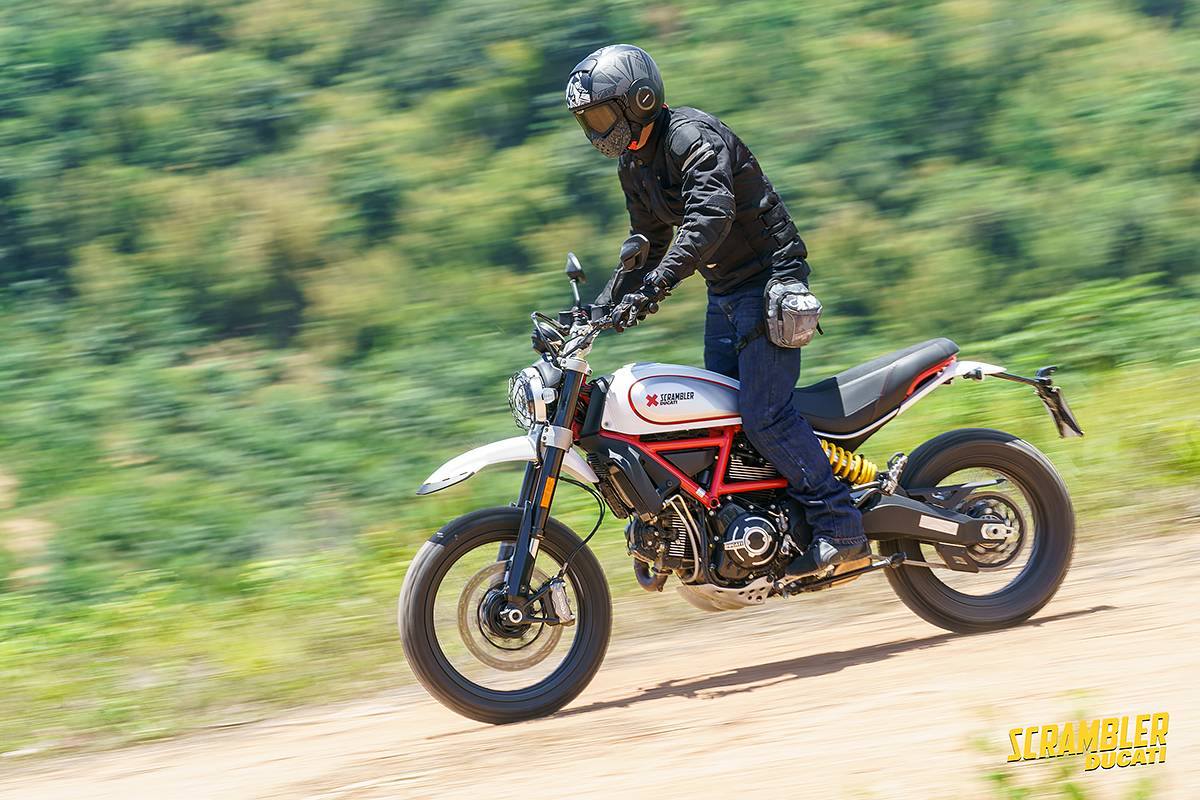
Say what you will about the Desert Sled’s styling, I stand firm on its arguably better execution and presentation over its rivals – trust the Italians to design something beautiful. If anything, it only adds to this particular variant’s true nature as a fun dirt-buster, albeit one that’s much prettier than the usual lot.
Sharing the same powertrain as the Icon, the Desert Sled didn’t feel too awkward on the pavement. It’s not as dull here as I initially expected, with the taller ride height offering great comfort, empowering anyone to lean deeper through corners too. Truth be told, the Desert Sled truly shines once it’s taken out into the rough.
For this, avid dirt-busting riders will be glad to know that the aforementioned higher-travel suspension is also fully adjustable. There’s also a dedicated Off Road riding mode present, which in turn lets you deactivate the rear ABS for greater agility on loose surfaces – specifically dirt, sand and mud.
By the way, the Desert Sled benefits with off-road focused Pirelli Scorpion Rally ST tyres and spoked wheels measuring 19-inch up front and 17-inches at the rear, all to enhance its off-road abilities
The only bad news is that avid Malaysian retro Ducatistis need to wait for a bit for the revised Scrambler range to make landfall
This is a stark contrast to the base Icon variant that features road-friendly 17-inch cast alloy wheels Pirelli MT 60 dual-sport tyres combination. Additionally, both its chassis and swingarm are reinforced too, the latter measuring longer than the Icon’s.
I’ll admit, I don’t feel too comfortable in the rough on any bike, even if it’s purpose built for it. Blame a nasty fall whilst riding a motocross bike a few years back. Even so, I was surprised at how much confidence the Desert Sled gave me at pressing on through several dirt and gravel paths Ducati curated for this ride.
Even if you’re in the same skill level, all the Desert Sled needs is the right gear and throttle input to get you in and out of the rough, all whilst standing up, pinning the tank in between your legs. For this instance, I found it best to modulate torque and power in second or third.
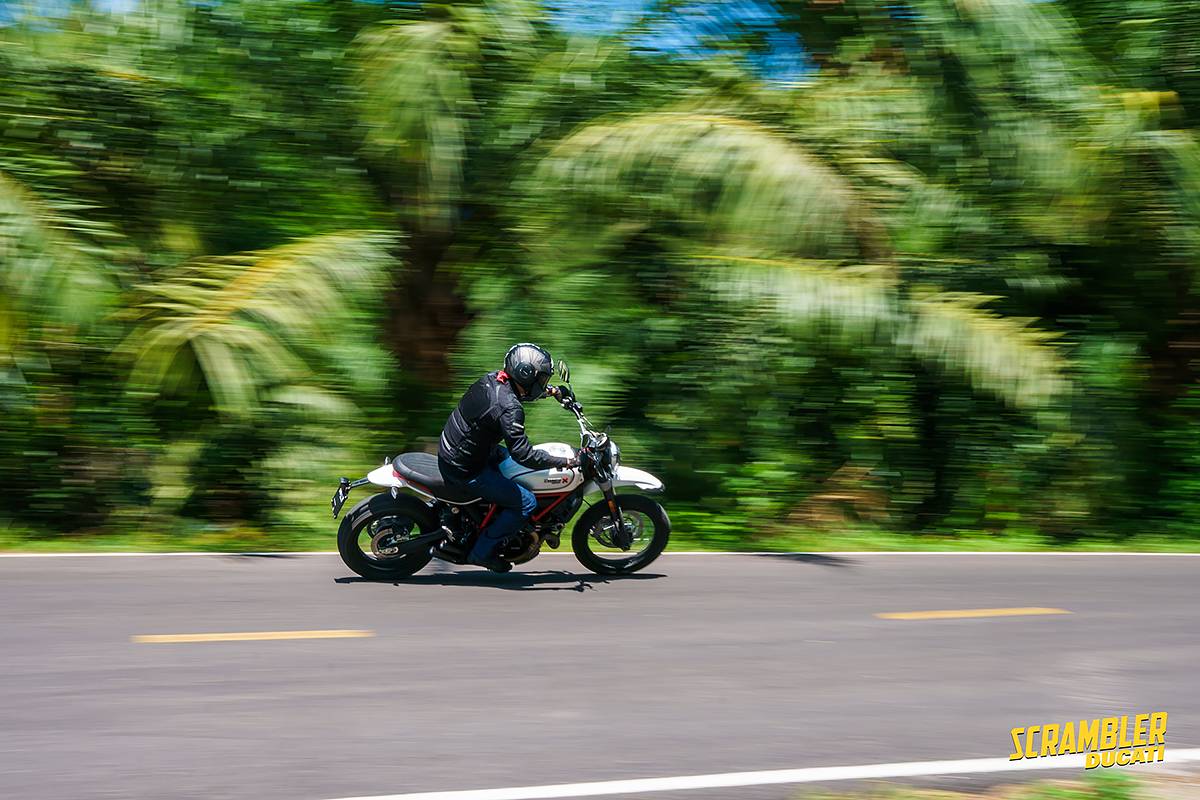
If you were the type who spends enough weekends at places like RocX Enduro in Kemensah or Most Fun Gym (MFG) in Penchala, then riding the Desert Sled through said these places would be something you’d look forward to indeed. In other words, there aren’t any doubts in the Desert Sled’s credentials as a true dirt-buster.
By day’s end, I couldn’t wipe the silly grin that both bikes have carved on my face after riding them back-to-back. It’d be wrong for me to settle on which is best, simply because both the Icon and Desert Sled deliver on their intended roles brilliantly. I’ll even add that they will do so in great style too.
With the way both versions ride, it’s safe to say that those opting for the other two variants -- the Café Racer and Full Throttle -- are in for a treat indeed as well. In short, Ducati have made its main Scrambler line-up better than it was, even if it’s more of an evolution than revolution overall.
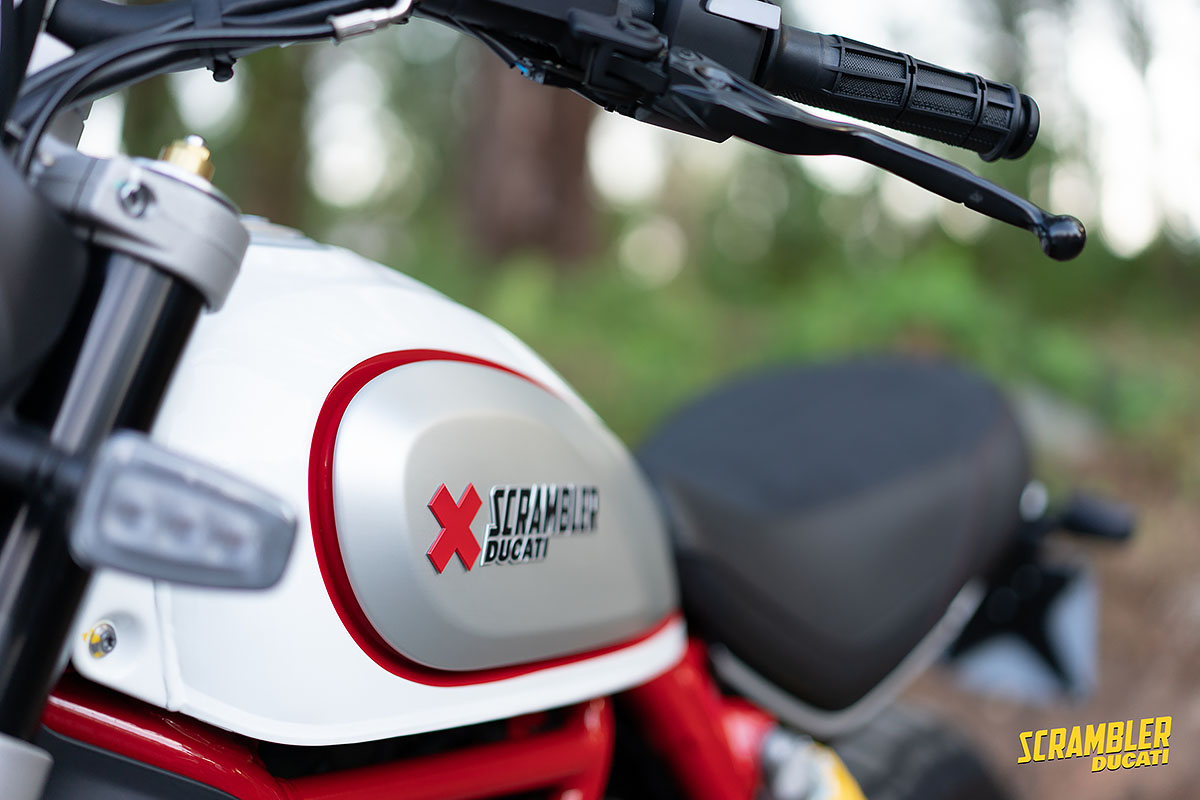
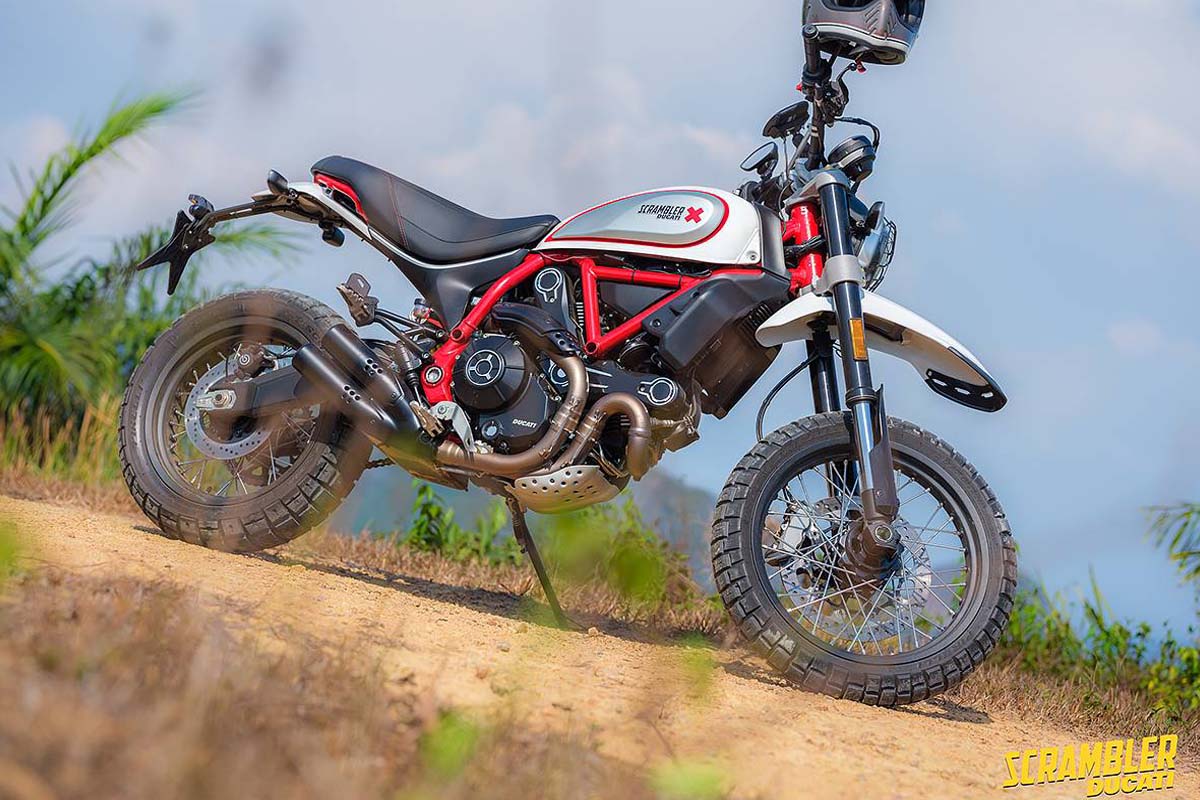
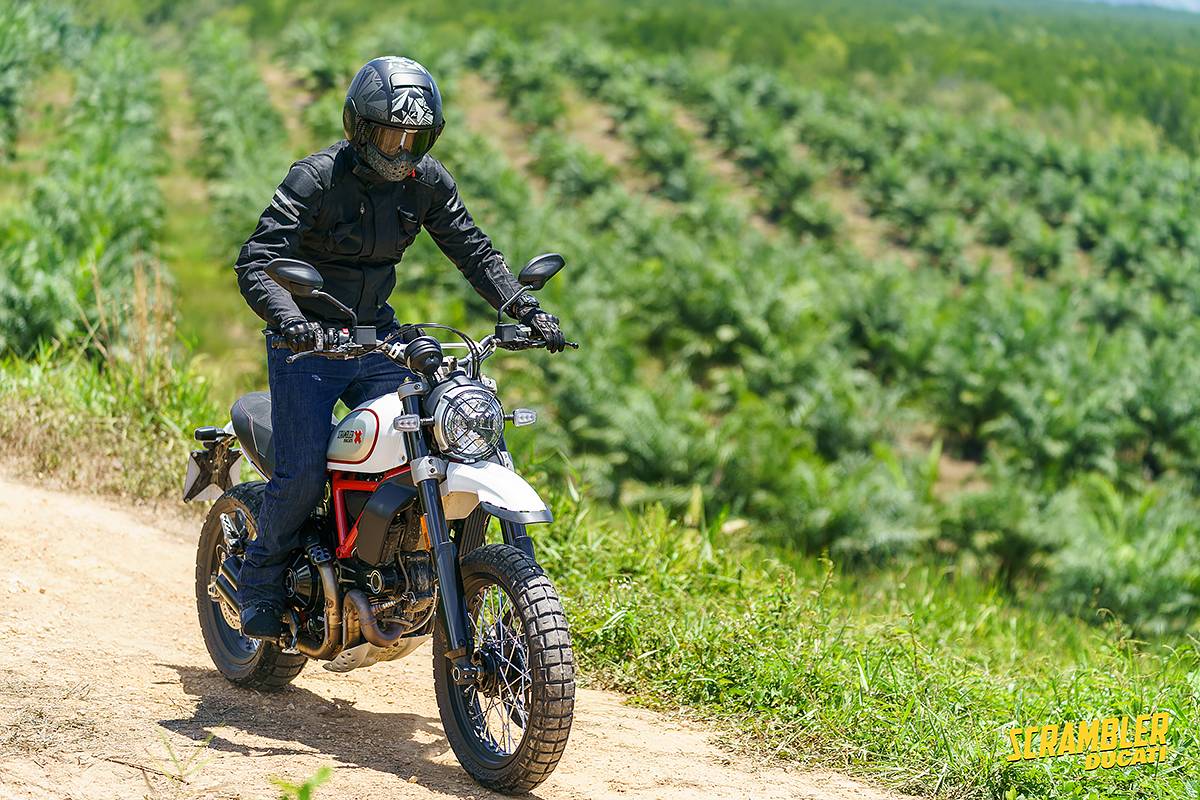
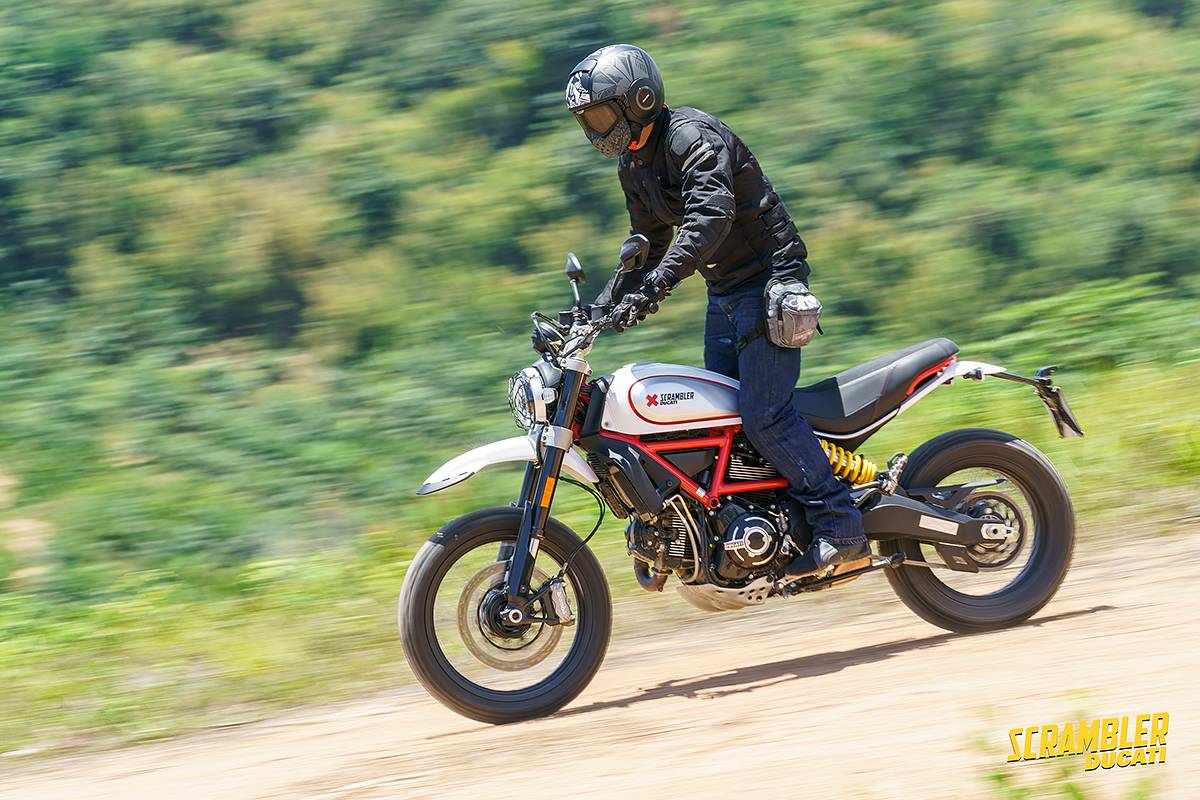
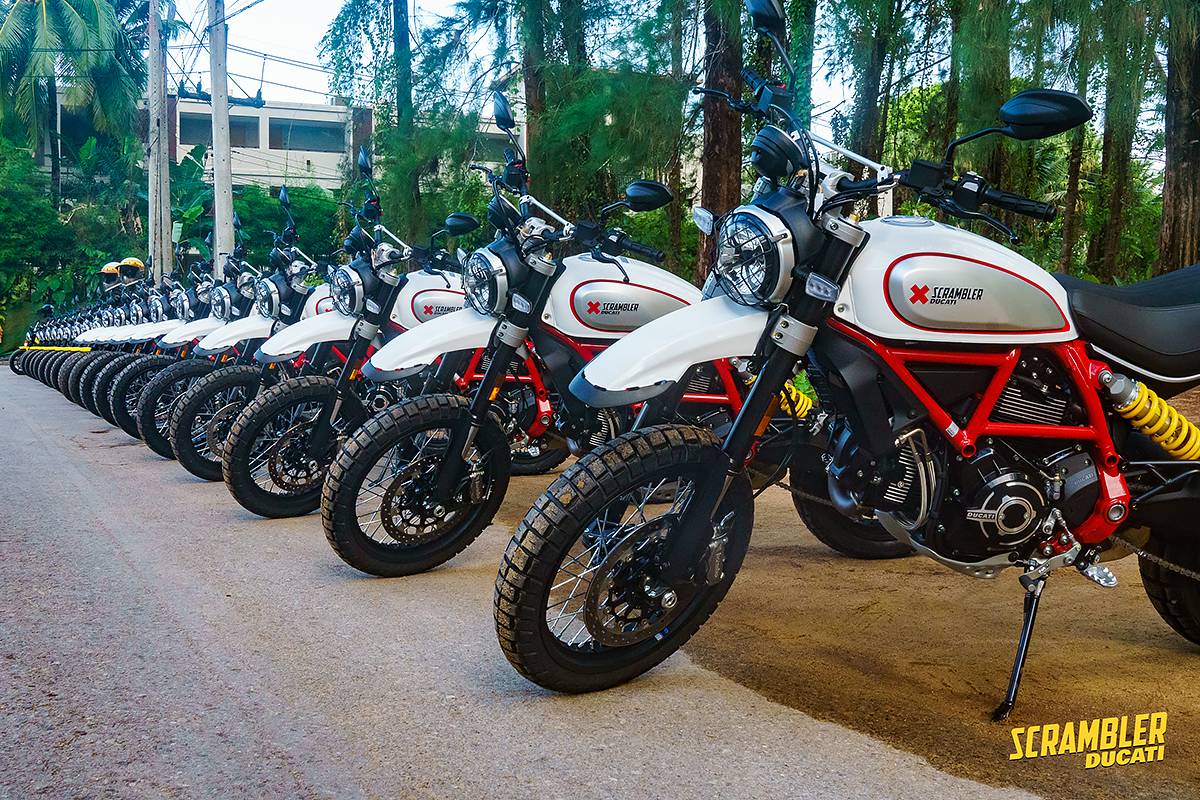

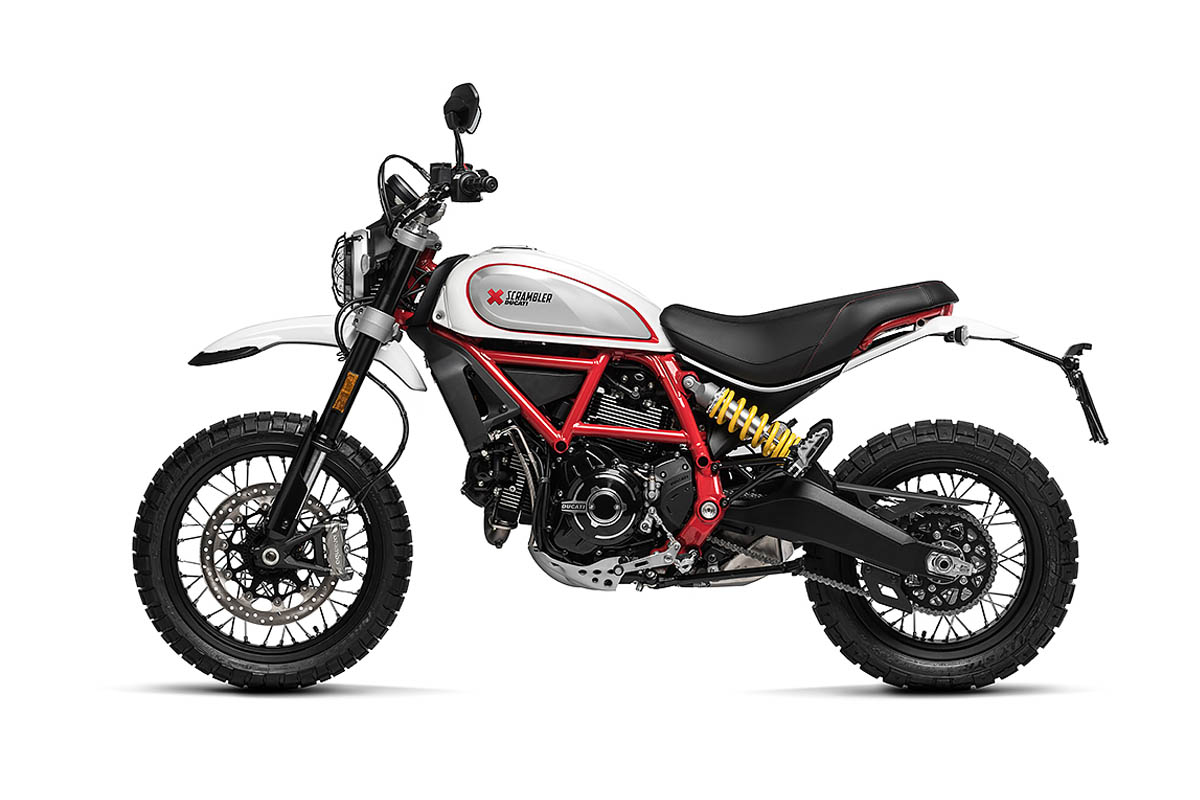
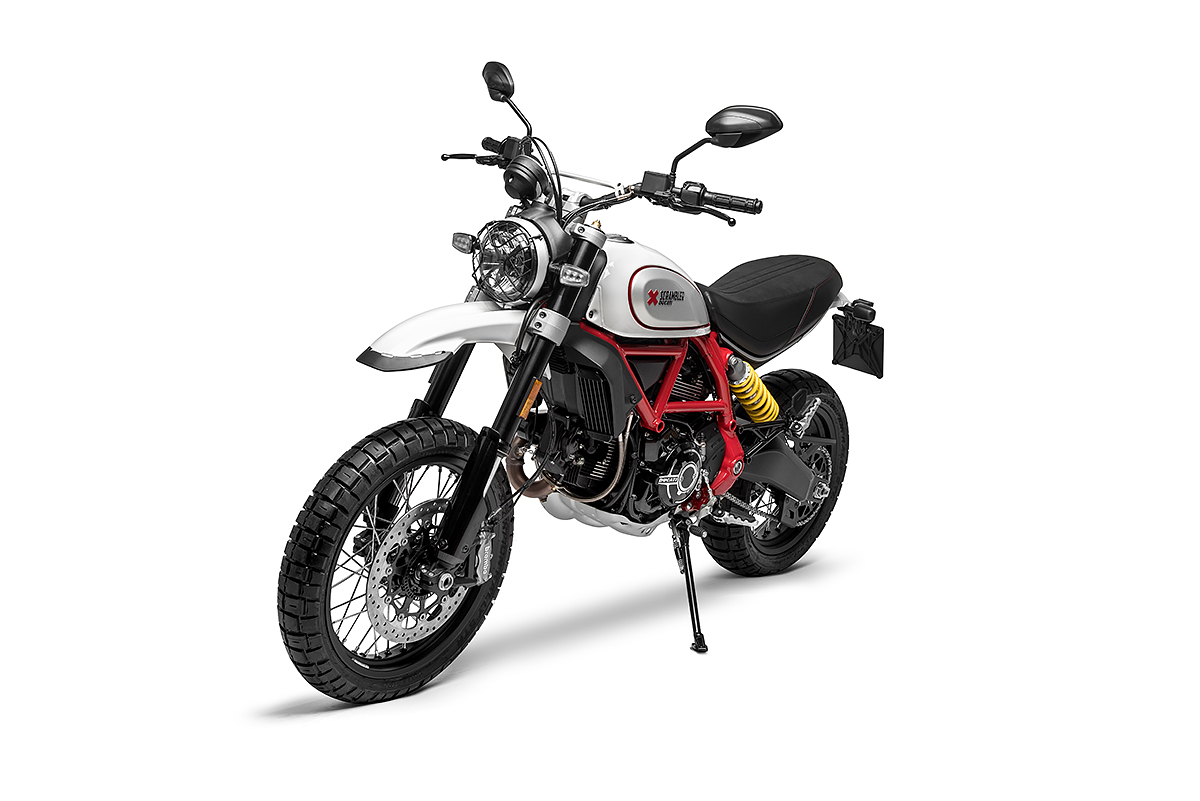
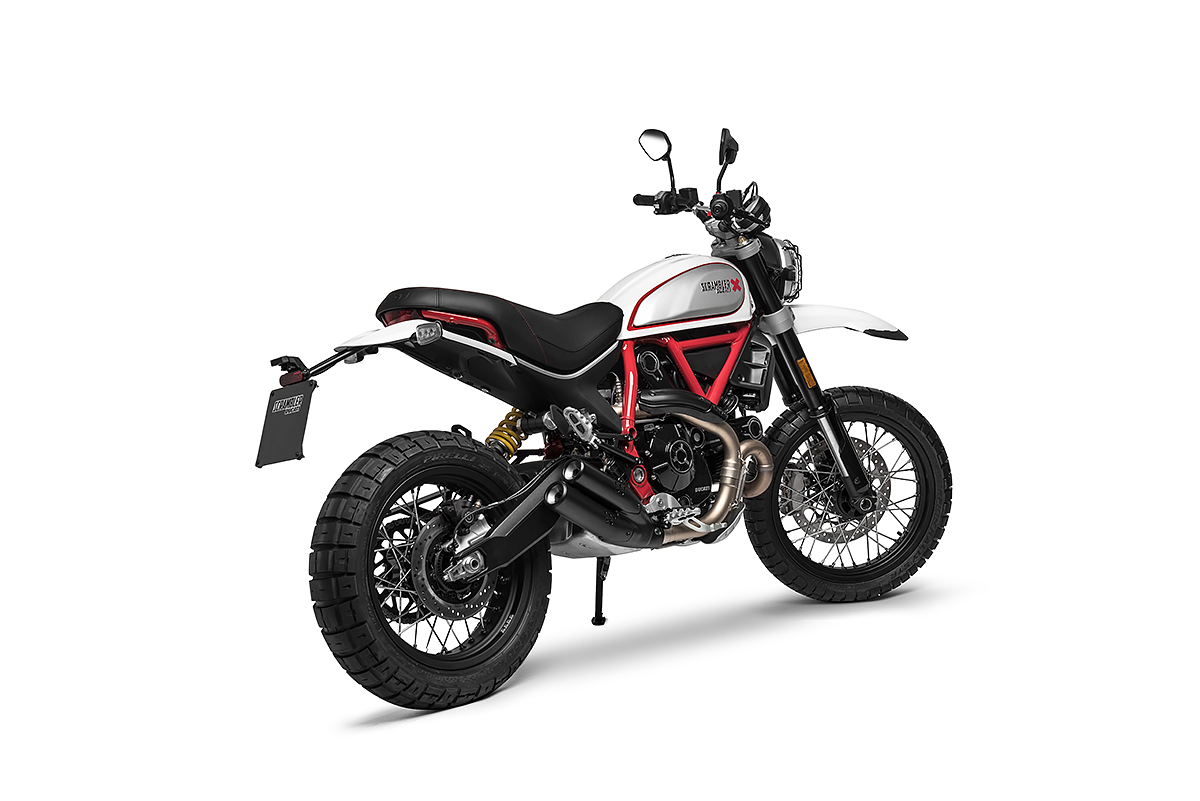
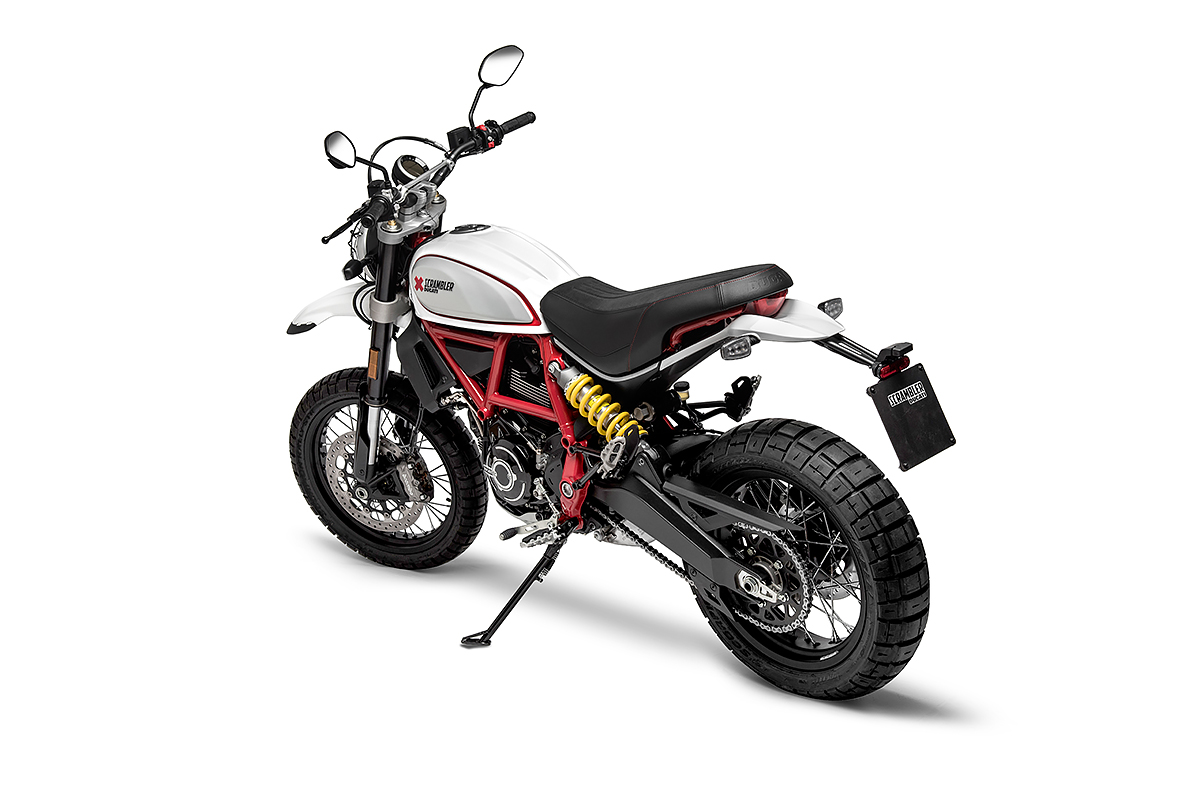
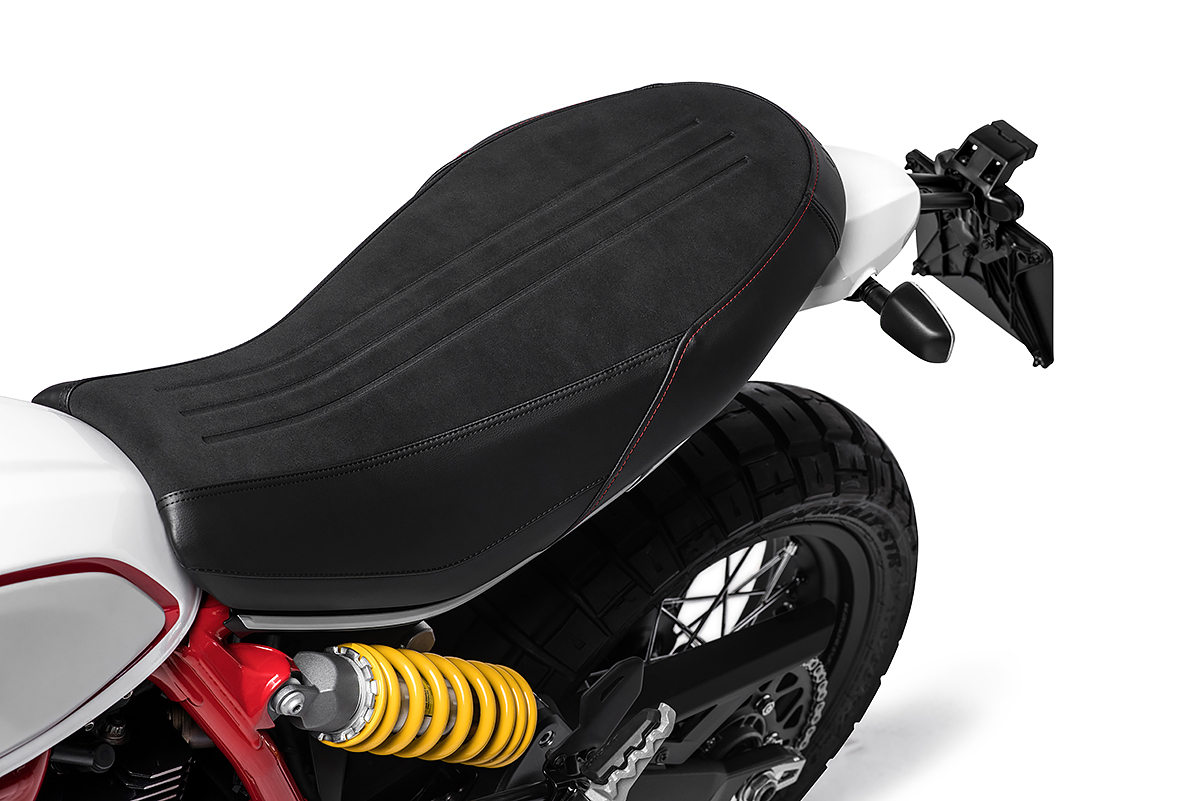
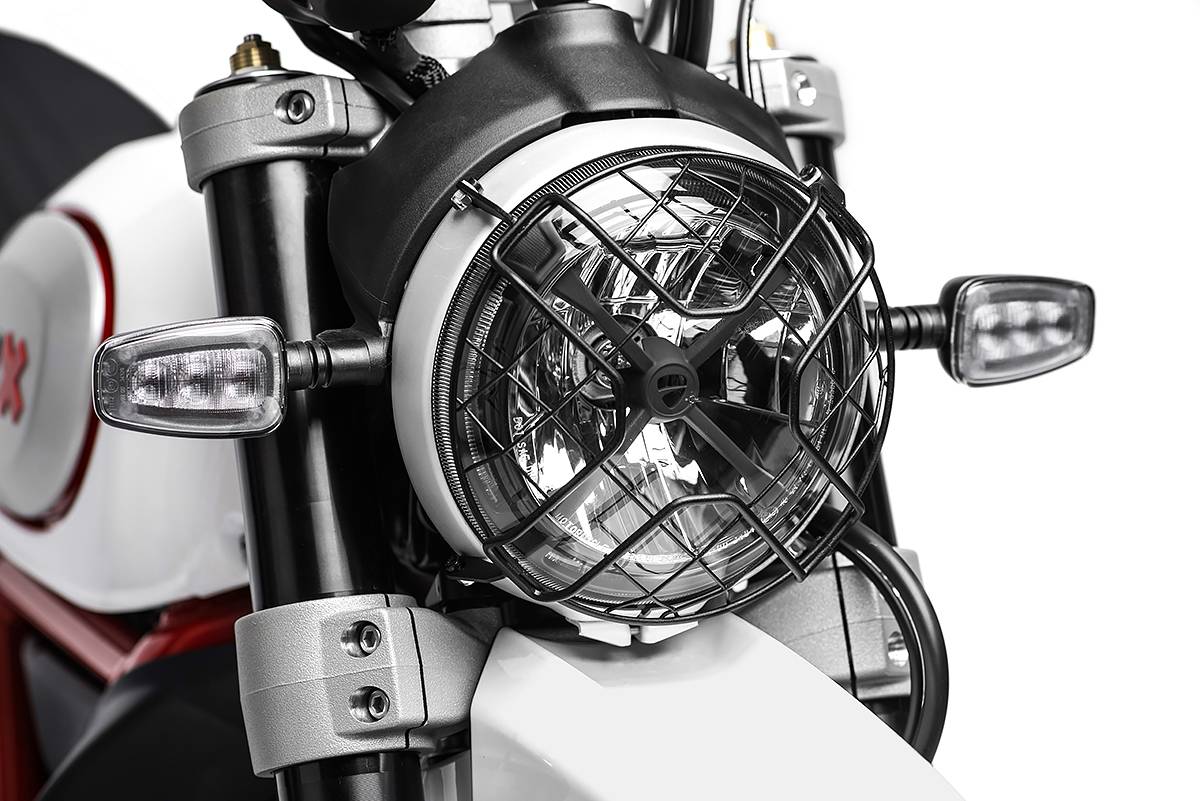
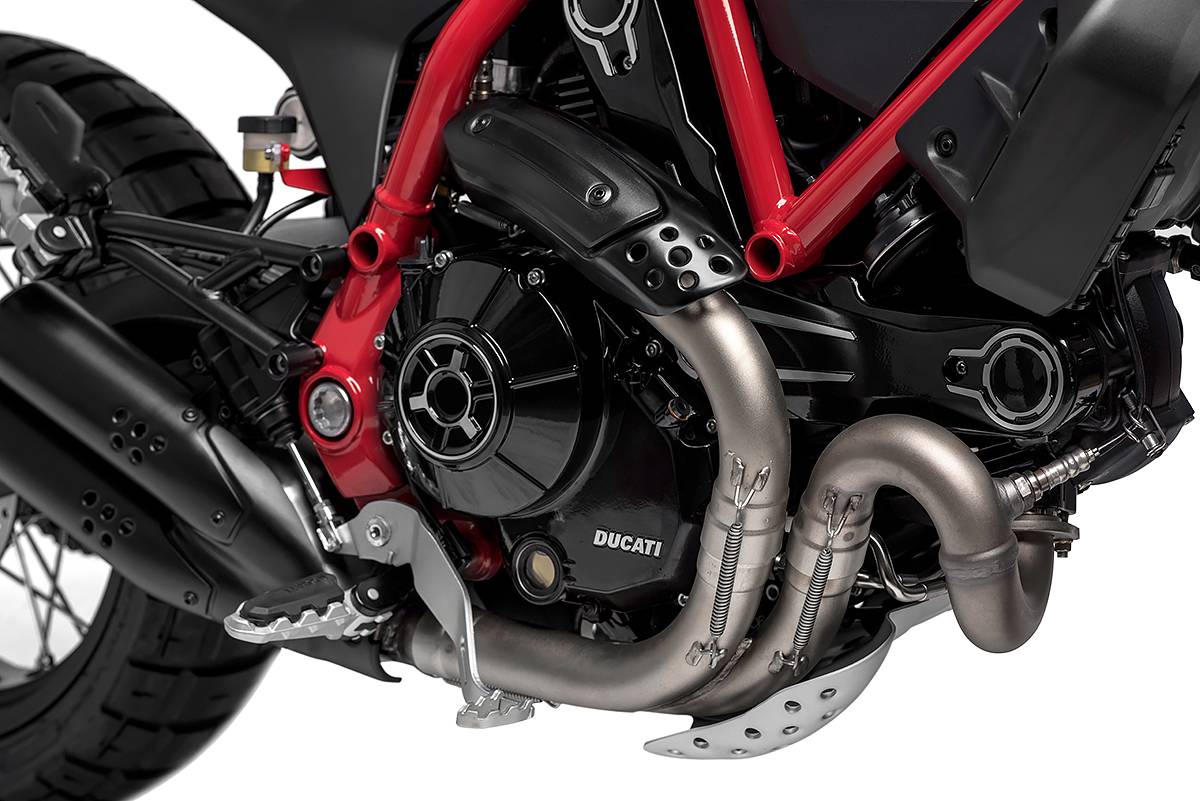
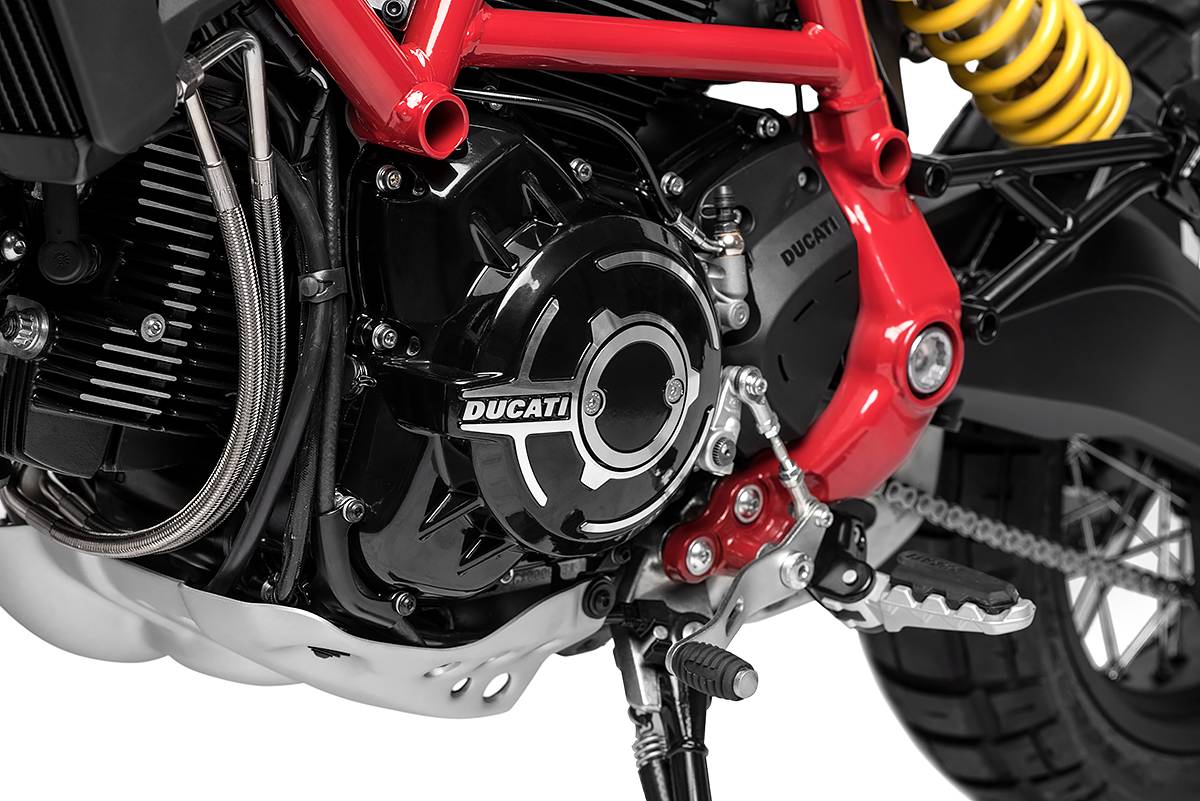
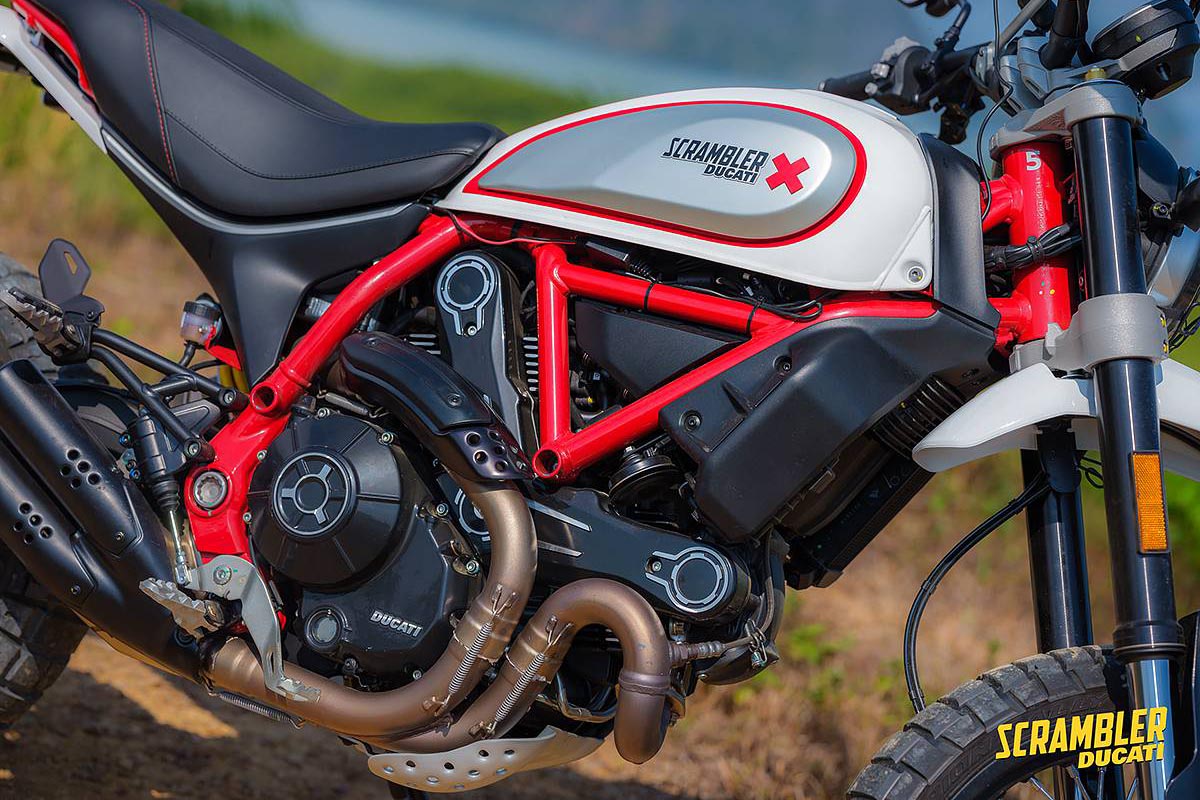
The only bad news is that avid Malaysian retro Ducatistis need to wait for a bit for the revised Scrambler range to make landfall. At the time of writing, I cannot confirm when exactly they will do so, nor will I speculate on price. The folks at Ducati Malaysia have said that they will debut locally soon enough.
Nevertheless, if you want a truly fun and distinct Italian flavour to start your retro-style riding life, the 2019 Scrambler is one offering that is worth a look when they eventually arrive. Until then, I’ll happily keep that silly grin of mine …
UPDATE NOTE:
This story was first written and published in our May 2019 magazine issue. Since then, Ducati Malaysia have officially launched the 2019 Ducati Scrambler line up locally. You can read up about this by clicking this link: [Ducati Malaysia debuts nine new models including manic Panigale V4R]
